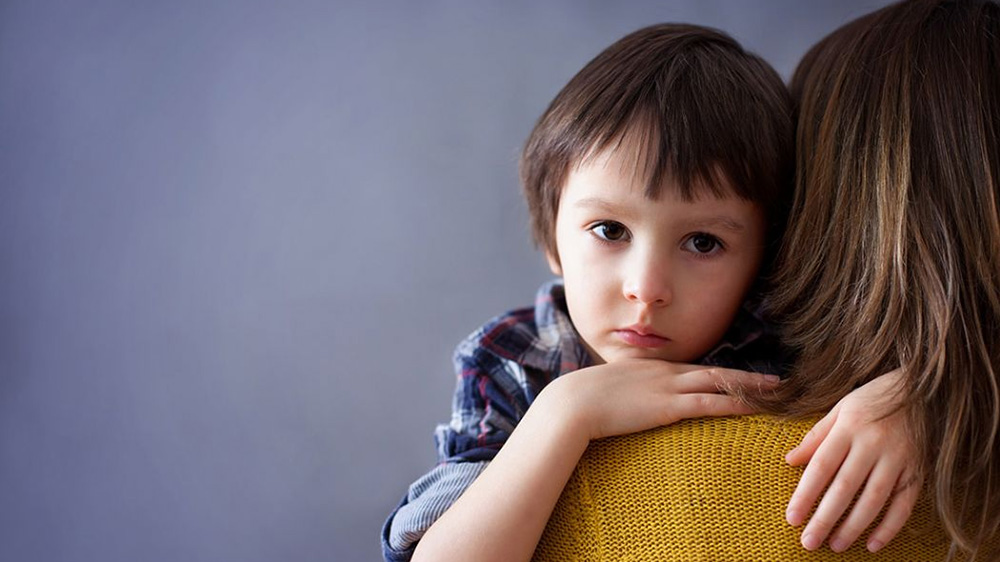February 18, 2024
Traditionally associated with adulthood, depression is increasingly acknowledged as impacting children as well. According to the World Health Organization, it stands as a prominent cause of illness and disability among adolescents worldwide. Recognizing and addressing depression in children early on is paramount for effective intervention and support. Here, we explore the signs, symptoms, and strategies for assisting children grappling with depression.
Recognizing Childhood Depression:
Depression in children often presents differently than in adults, posing a challenge in identification due to the limited verbal expression of emotions by children. However, key indicators include:
- Emotional Changes: Children may exhibit persistent sadness, anxiety, or irritability lasting for extended periods.
- Behavioral Shifts: Significant alterations in behavior, such as withdrawal from social activities, loss of interest in previously enjoyed hobbies, or changes in appetite and sleep patterns.
- Academic Decline: Depression can hinder a child’s concentration and academic performance, often evidenced by a sudden decline in grades.
- Physical Complaints: Some children may manifest emotional distress through physical symptoms like headaches or stomach aches, unrelated to any medical condition.
- Feelings of Guilt or Worthlessness: Children may express feelings of guilt, worthlessness, or hopelessness, often accompanied by low self-esteem.
- Sleep Disturbance: Irregular sleep patterns or difficulty sleeping can be indicative of depression in children.
Causes and Risk Factors:
Several factors contribute to childhood depression, encompassing genetic predisposition, environmental stressors, traumatic experiences, and a family history of mental health disorders. Additionally, social influences such as bullying, peer pressure, academic stress, and family conflicts can exacerbate depressive symptoms in children.
Support and Intervention:
Timely intervention and support play a pivotal role in effectively managing childhood depression. Here are some strategies:
- Open Communication: Foster a safe and non-judgmental environment where children feel comfortable expressing their thoughts and emotions. Meta-communication, discussing communication methods, is crucial for effective interaction.
- Professional Assistance: Seek guidance from qualified mental health professionals if you suspect your child is struggling with depression. Therapists or counselors can offer the necessary support and guidance.
- Promotion of Healthy Habits: Encourage regular exercise, balanced nutrition, and sufficient sleep to alleviate symptoms of depression and enhance overall well-being.
- Moderation of Screen Time: Limit excessive screen time, particularly on social media platforms, to mitigate feelings of inadequacy and low self-esteem. Encourage alternative activities like outdoor play and hobbies.
- Nurturing Relationships: Foster positive relationships with family members, peers, and trusted adults, which can serve as buffers against the effects of depression in children.
- Educational Empowerment: Educate yourself about childhood depression and mental health disorders to better support and advocate for your child’s needs.
Conclusion:
Childhood depression necessitates attention and support from parents, caregivers, and mental health professionals. By identifying signs, understanding contributing factors, and implementing appropriate interventions, we can aid children in navigating their struggles and fostering emotional well-being. Together, we can cultivate a nurturing environment where children feel valued, heard, and empowered to overcome challenges associated with depression.





